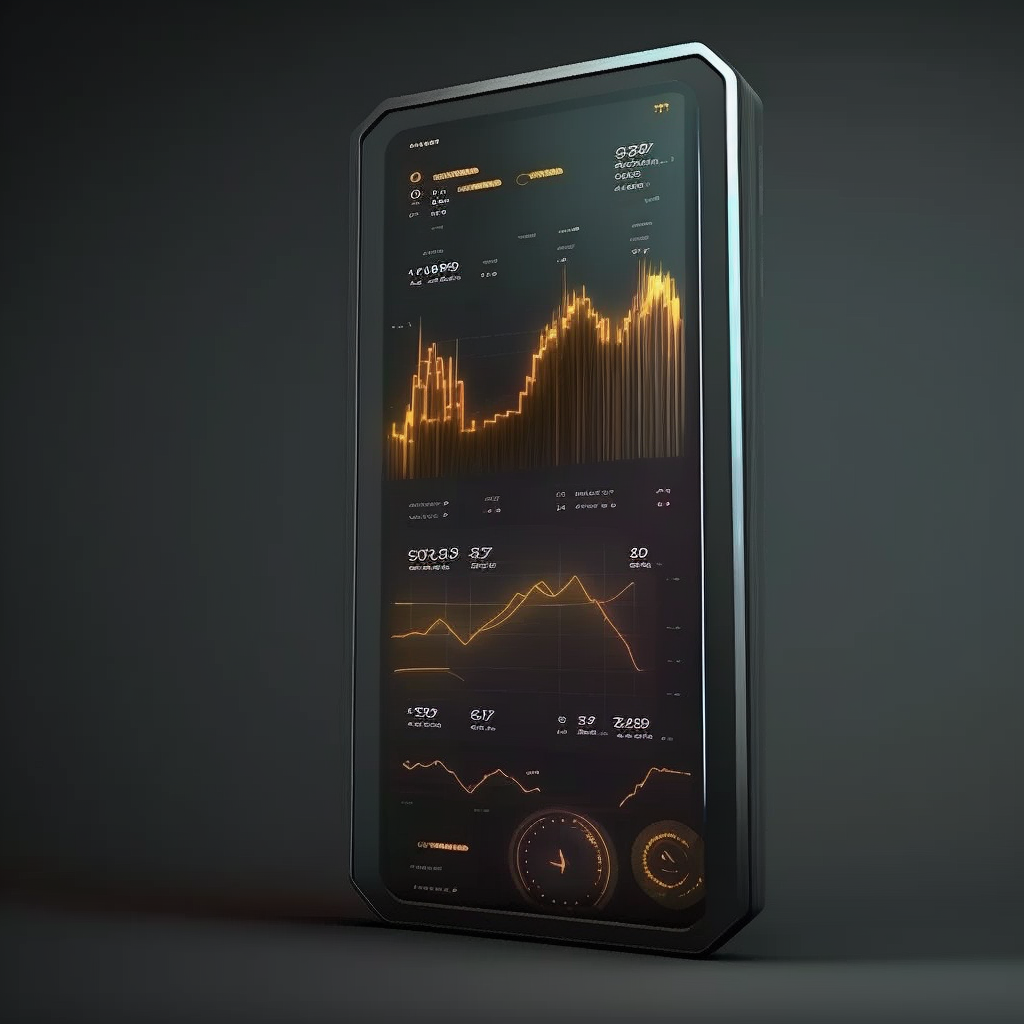Candlestick charts are a popular tool used by traders in financial markets, including the cryptocurrency market. They display price action data in a visual and intuitive way, allowing traders to quickly analyze and interpret market trends, support and resistance levels, and potential reversal patterns. Candlestick charts consist of a series of candles, each representing a specific time period, with the body indicating the opening and closing prices and the wick and shadow showing the high and low prices during that time period.

In the fast-paced and volatile world of crypto trading, using candlestick charts can provide a valuable edge to traders seeking to make informed decisions and improve their chances of success. By learning how to read and analyze candlestick charts, traders can gain a deeper understanding of market dynamics and make more confident trading decisions based on historical price patterns and trends. In this article, we will explore the basics of candlestick charts and provide tips and strategies for using them effectively in crypto trading.
Understanding the Basics of Candlestick Charts
To effectively use candlestick charts in crypto trading, it is important to understand the basics of how they work. Here are the key components and concepts to keep in mind:
- Parts of a Candlestick Chart: Each candlestick on the chart represents a specific time period, such as a day, an hour, or a minute. The candlestick is made up of three parts: the body, the wick, and the shadow. The body represents the opening and closing price of the asset during that time period, while the wick and shadow indicate the highest and lowest prices reached during that period, respectively.
- Types of Candlestick Patterns: Candlesticks can be categorized as either bullish, bearish, or indecisive. Bullish candlesticks indicate that the price of the asset increased during the time period, with a larger body representing a stronger upward trend. Bearish candlesticks, on the other hand, indicate that the price of the asset decreased during the time period, with a larger body representing a stronger downward trend. Indecisive candlesticks have small bodies and indicate that the market is uncertain or experiencing a period of consolidation.
- Interpreting Candlestick Charts: When analyzing candlestick charts, traders look for patterns and trends that can indicate future price movements. For example, a series of bullish candlesticks could suggest that the price of the asset is on an upward trend and may continue to rise. Alternatively, a pattern of bearish candlesticks could suggest that the price is likely to continue to decline. By studying the shapes and sizes of the candlesticks, as well as the patterns they form, traders can gain insight into the market sentiment and make informed trading decisions.
Analyzing Candlestick Charts for Crypto Trading
Once you have a basic understanding of candlestick charts, you can use them to analyze crypto markets and make trading decisions. Here are some ways to do that:
- Identifying Trends and Support/Resistance Levels: Candlestick charts can help you identify market trends and key support/resistance levels. For example, if you see a series of bullish candlesticks with long bodies, it may indicate an upward trend. You can also look for areas where the price has repeatedly bounced off a certain level, which could suggest a support/resistance level.
- Spotting Key Reversal Patterns: Candlestick charts can also help you spot potential market reversals. For example, a series of bullish candlesticks followed by a long bearish candlestick with a large body may indicate a trend reversal. There are many different candlestick patterns that can suggest a potential reversal, such as the “double top” or “head and shoulders” patterns.
- Understanding the Significance of Candlestick Chart Patterns in Different Timeframes: It’s important to analyze candlestick charts in different timeframes to get a more complete picture of market trends and patterns. For example, a series of bullish candlesticks on a daily chart may indicate an upward trend, but a closer look at a 1-hour chart may reveal that the trend is starting to reverse. By analyzing candlestick charts in multiple timeframes, you can get a more accurate understanding of market sentiment and make better trading decisions.
Strategies for Using Candlestick Charts in Crypto Trading
Incorporating candlestick charts into your crypto trading strategy can improve your accuracy and increase your chances of success. Here are some strategies for using candlestick charts effectively in crypto trading:
- Using Candlestick Charts in Conjunction with Other Technical Indicators: To get a more complete picture of market trends and potential price movements, it’s important to use candlestick charts in conjunction with other technical indicators, such as moving averages, relative strength index (RSI), and Fibonacci retracements. Combining candlestick chart analysis with other technical indicators can help you confirm trends, identify key support/resistance levels, and spot potential trading opportunities.
- Developing a Trading Plan Based on Candlestick Chart Analysis: Before making any trades based on candlestick chart analysis, it’s important to develop a trading plan. This should include entry and exit points, stop-loss levels, and a clear understanding of your risk-reward ratio. By having a plan in place, you can avoid impulsive trades and stay disciplined in your trading.
- Understanding the Importance of Risk Management When Using Candlestick Charts for Trading: While candlestick charts can provide valuable insights into market trends, they are not foolproof and do not guarantee success. It’s important to always practice good risk management, including setting stop-loss levels and using proper position sizing. By managing your risk effectively, you can minimize your losses and maximize your gains.
Tips for Using Candlestick Charts Effectively
Here are some tips for using candlestick charts effectively in your crypto trading:
- Practice with a Demo Trading Account: If you’re new to candlestick chart analysis or crypto trading in general, it’s a good idea to practice with a demo trading account. This will allow you to test out different strategies and get comfortable with using candlestick charts before risking real money.
- Keep Track of Your Trading Performance and Adjust Your Strategy Accordingly: It’s important to keep track of your trading performance when using candlestick charts. This includes recording your trades, analyzing your results, and adjusting your strategy accordingly. By tracking your performance, you can identify areas where you need to improve and make changes to your trading plan.
- Stay Up-to-Date with News and Market Events That May Impact Your Trading Decisions: Candlestick charts are just one tool in your trading arsenal. To make informed trading decisions, you also need to stay up-to-date with news and market events that may impact the crypto market. This includes keeping an eye on regulatory changes, company announcements, and economic indicators.
- Use Multiple Timeframes for Analysis: To get a more complete picture of market trends, it’s important to analyze candlestick charts in multiple timeframes. This will give you a better understanding of both short-term and long-term trends, and help you identify potential trading opportunities.
- Don’t Rely Solely on Candlestick Charts: While candlestick charts can be a powerful tool, they should not be used in isolation. To make informed trading decisions, you should also incorporate other technical indicators, fundamental analysis, and market sentiment into your analysis.
By following these tips, you can use candlestick charts effectively in your crypto trading and increase your chances of success in the market.

